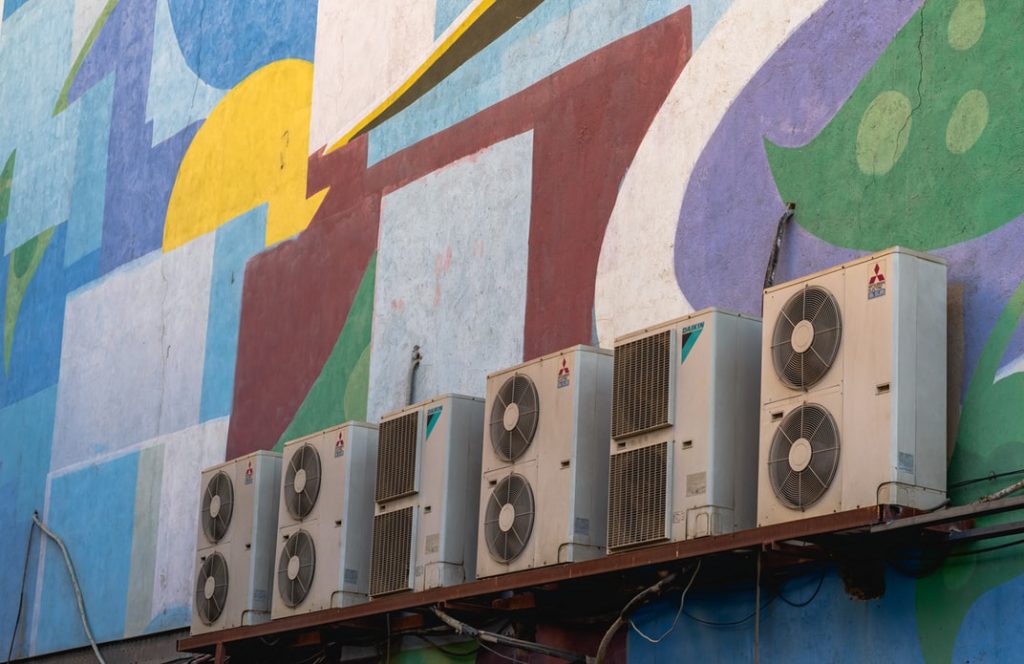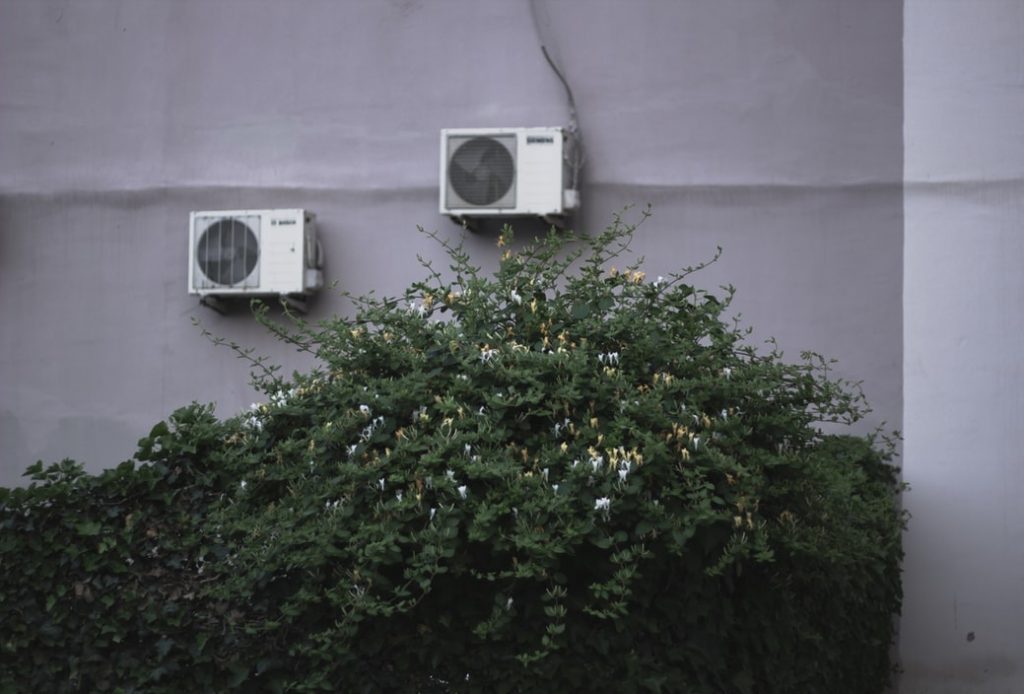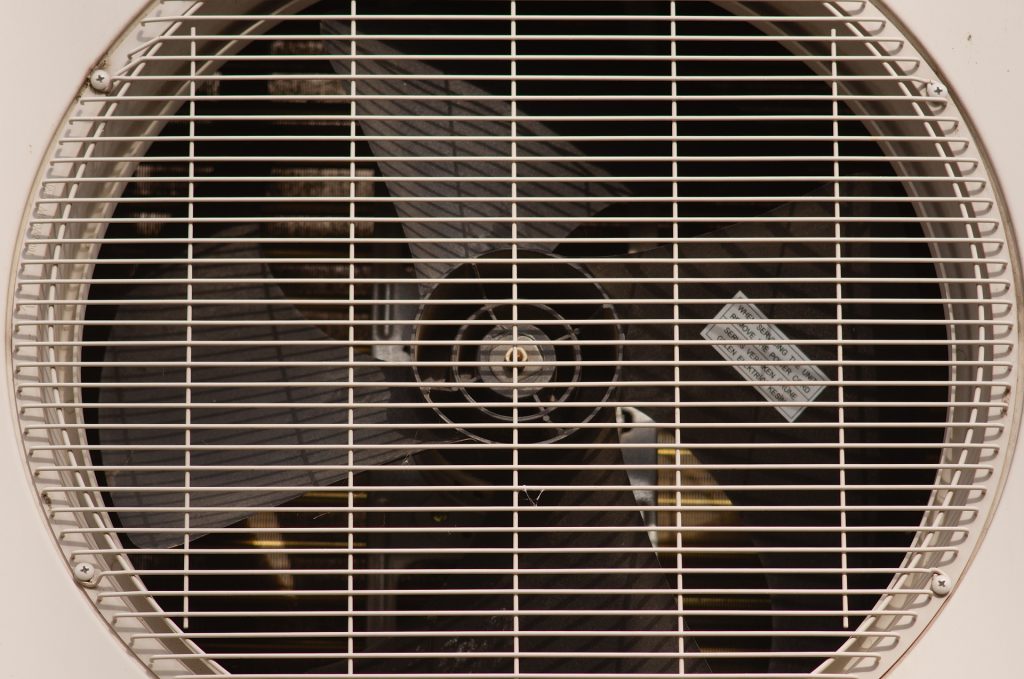As winter begins to subside and we enter the warmer months of spring and then summer, many of us will begin to use our HVAC systems more to keep our homes cool. One of the simplest, but most important things you can do to keep your system in good order and improve the air quality of your home is to know how often to change the HVAC filter.
Keeping your HVAC filter clean will preserve the lifespan of your HVAC system but it will also reduce the time you must spend cleaning by removing many of the particles that can escape into the air and settle as dust in your home, which can also affect your health.
On average, your HVAC filter should be changed at least every three months, but several factors can affect whether you need to change it more often. In a climate where the winters are fairly mild and you don’t run the heat that often, you may not need to change it as frequently as you do in the hot summers when your air conditioner runs considerably more. During periods where your system is being used more, you might want to change the filter as often as every month.
Factors that Affect Your HVAC Filter’s Usage
Before we talk more about how to change your HVAC filter, let’s talk about some things that might affect that decision.
Air Quality: One consideration regards how people and pets reside in your home and how often they are present. Because your HVAC filter is used to trap particles in the air year-round, it must be routinely exchanged to maintain your air quality at its highest levels. More people and pets create more for your filter to process.
The HVAC filter captures dirt, dust, pet dander, feathers, pollen, and smoke. It also traps bacteria that can spread disease and allergens that can adversely affect those with asthma or other breathing ailments. There is a direct correlation between the air quality in your home and your health.
Environmental Impact: When your filter is dirty, your HVAC unit takes up more energy to push air around the system, which can lead to a buildup of dirt and debris in the ducts. Some of this buildup will be pushed out through the exhaust and into the air outside, creating pollutants in the exterior air.
Energy Savings: With increased energy efficiency comes cost savings. A clean filter will maximize how well your HVAC system works, resulting in less energy being required for it to run. HVAC filters are designed to show dirt so that you can easily see when yours needs a replacement.
HVAC System Longevity: Clean filters will extend the life of your HVAC equipment. As the system sucks air into the intake, it takes in particles that are caught in the filter. If the filter is clogged up with dirt and debris the air has a harder time moving through the ducts, causing the motor to work harder. This can lead to overheating, smoking, and further damage to your system
With all of this in mind, let’s talk about how to change an HVAC filter. You’ll want to start by deciding what kind of filter you want to use. You can simply look at your existing filter and replace it with the same brand, but you may want to explore other types based on your preferences and needs.
Types of Air Filters for Residential HVAC systems
One of the things worth answering is how often to change your HVAC filter based on the type you’re using alongside its MERV rating. The MERV rating system ranges from 1 to 16; similarly, the MPR measures the size of particles in the air and are ranked from 0.3 to 1 micron. If you have pets or many people living in your home, you’ll want something with a MERV rating of at least 12.
HEPA—High-Efficiency Particulate Air (HEPA) filters remove over 99.97% of particles as small as 0.3 microns in diameter. With a MERV rating of almost 16, this puts it at the top of the line, making it worth its extra cost. Keep in mind that this kind of filter might require alterations to your system to accommodate it.
Washable—Consider a washable filter if you are looking for an environmentally friendly and cost-effective filter. You should change this filter every month or two, and it is a good idea to have at least two on hand, since you’ll want to make sure it is completely dry during use or risk unhealthy mold growth. The upfront cost for this type of filter is more expensive, but it will more than pay for itself in the long run.
Fiberglass—This filter consists of fiberglass elements fitted over one another and reinforced with metal chips. It is relatively cheap but effective if you change it monthly. It is not the best for maintaining high air quality as the makeup of its fibers allows more bacteria, mold, and fine dust to escape back into the air.
Pleated Polyester—Made up of two cotton elements bound together and arranged in a pleated pattern, this filter is where reasonable costs meet effective filtration. The pleated design provides more surface through which air can be filtered, capturing more of the particles that linger in the air. It is more durable than cheaper filters and provides better filtration for not much more cost than the fiberglass counterparts.
How to Change the Air Filter for HVAC systems
Maintaining your HVAC system is usually simple once you know how to change the air filter in your HVAC. To start with how to change your HVAC filter, you’ll need to find where it’s located behind the air intake in one of three places. For those located on a wall or in the ceiling, simply open the large vent door and replace the filter inside of it with the filter of your choice. Some units may have a filter located on the side of the HVAC system. Simply pull out the filter and replace it with the same size found on the existing one. Be careful to note the arrows on your filter and put in the new filter with them pointing the same way.
That’s all you need to know about how to change your HVAC filter. Doing so routinely should keep your air clean and your system working efficiently for many more years to come.
[related_posts_by_tax posts_per_page="3" format="thumbnails" image_size="medium"]









